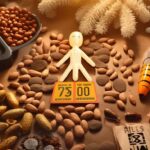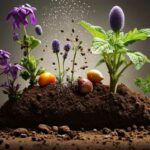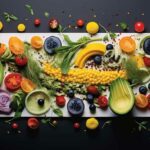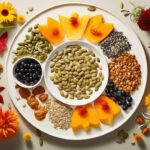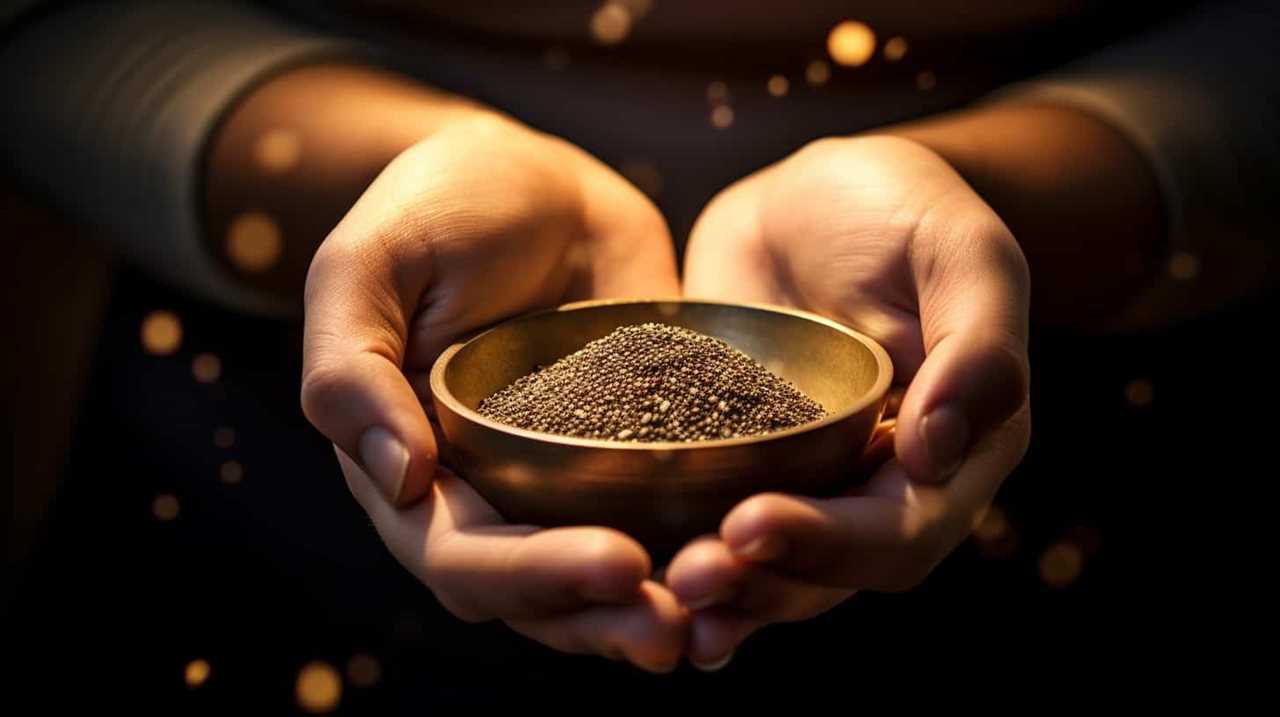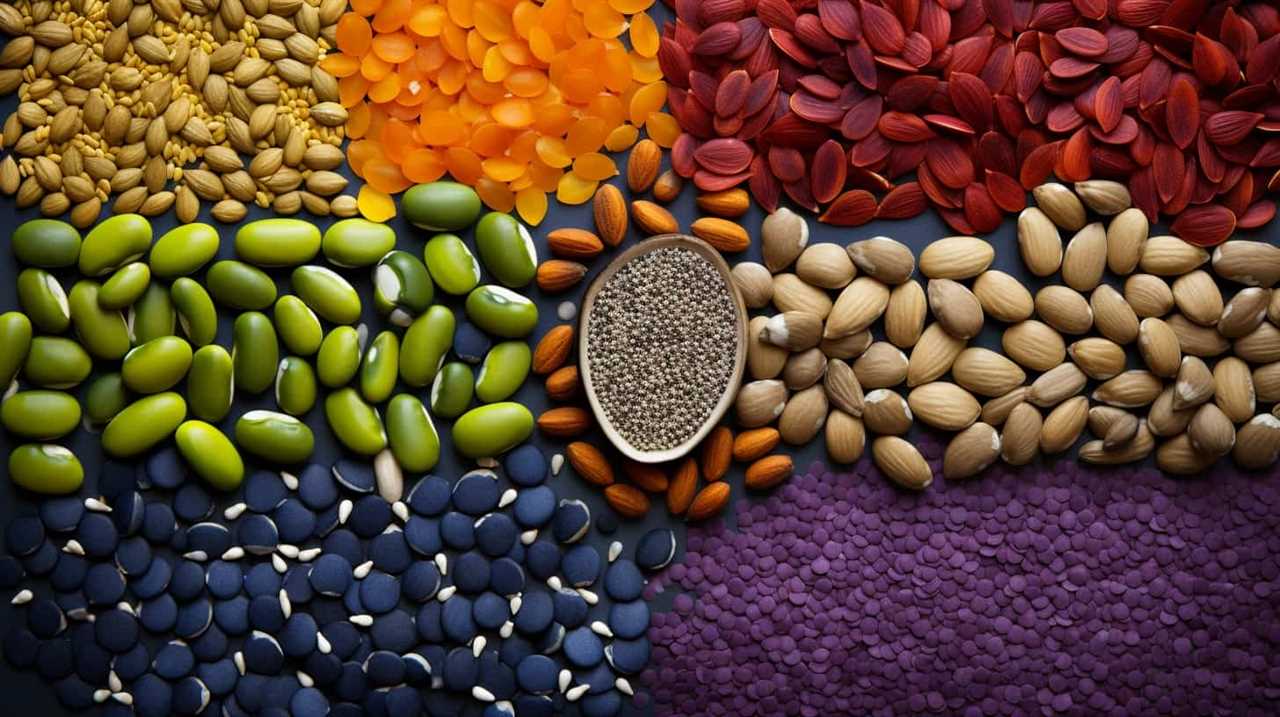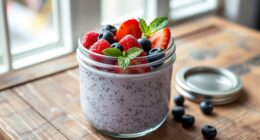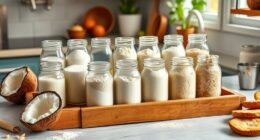Welcome to our guide on growing superfood seeds organically. We will provide you with essential information and techniques for cultivating nutrient-rich seeds using eco-friendly methods.
From choosing the right seed varieties to managing pests and diseases organically, we’ve got you covered.
Learn how to prepare the soil, sow the seeds, and harvest and store them effectively.
With our expert advice, you can embark on a journey towards sustainable and liberating farming practices.
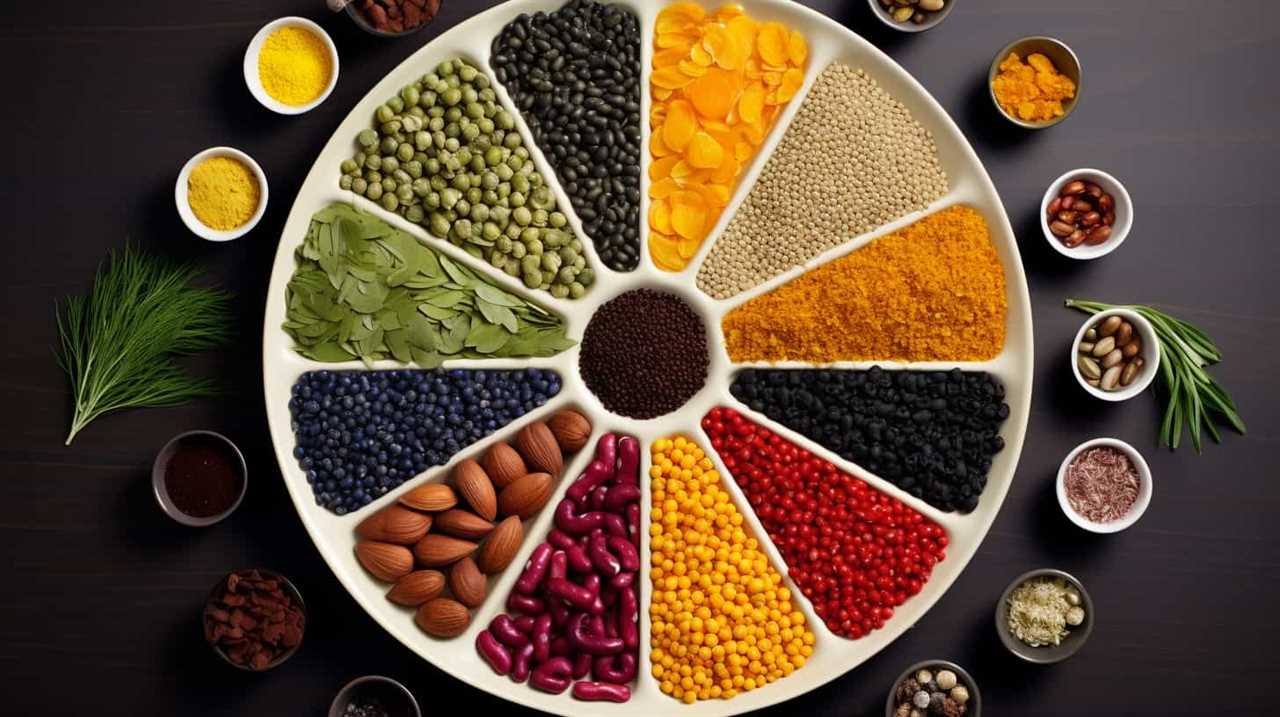
Let’s get started!
Key Takeaways
- Organic superfood seeds, such as chia seeds, flaxseeds, hemp seeds, pumpkin seeds, and sesame seeds, are rich in essential nutrients, vitamins, antioxidants, and fiber.
- Organic production methods for superfood seeds ensure that they are grown without synthetic fertilizers, pesticides, or GMOs, promoting sustainability, soil health preservation, and crop rotation techniques.
- Organic farmers utilize natural pest control methods, such as natural predators and companion planting, to manage pests and disrupt their life cycles. They also use natural disease control methods, like neem oil and copper sprays, to suppress the growth of pathogens.
- Proper harvesting and storage techniques, such as drying seed heads and storing seeds in airtight containers in a cool, dark place, help preserve the freshness and health benefits of organic superfood seeds.
Choosing Organic Chia Seed Varieties
When choosing sustainable chia seed varieties, we carefully consider the quality, sustainability, and nutritional benefits they offer.
Organic certification for chia seeds is an essential factor in ensuring their quality and sustainability. Organic certification guarantees that the chia seeds have been grown without the use of synthetic fertilizers, pesticides, or genetically modified organisms (GMOs). This certification also ensures that the seeds are produced using sustainable farming practices that promote soil health and biodiversity. By choosing organic chia seed varieties, we can be confident that we’re supporting environmentally friendly and socially responsible agricultural practices.
Furthermore, organic chia seeds offer numerous nutritional benefits. They’re rich in omega-3 fatty acids, fiber, and antioxidants, making them a valuable addition to a healthy diet.
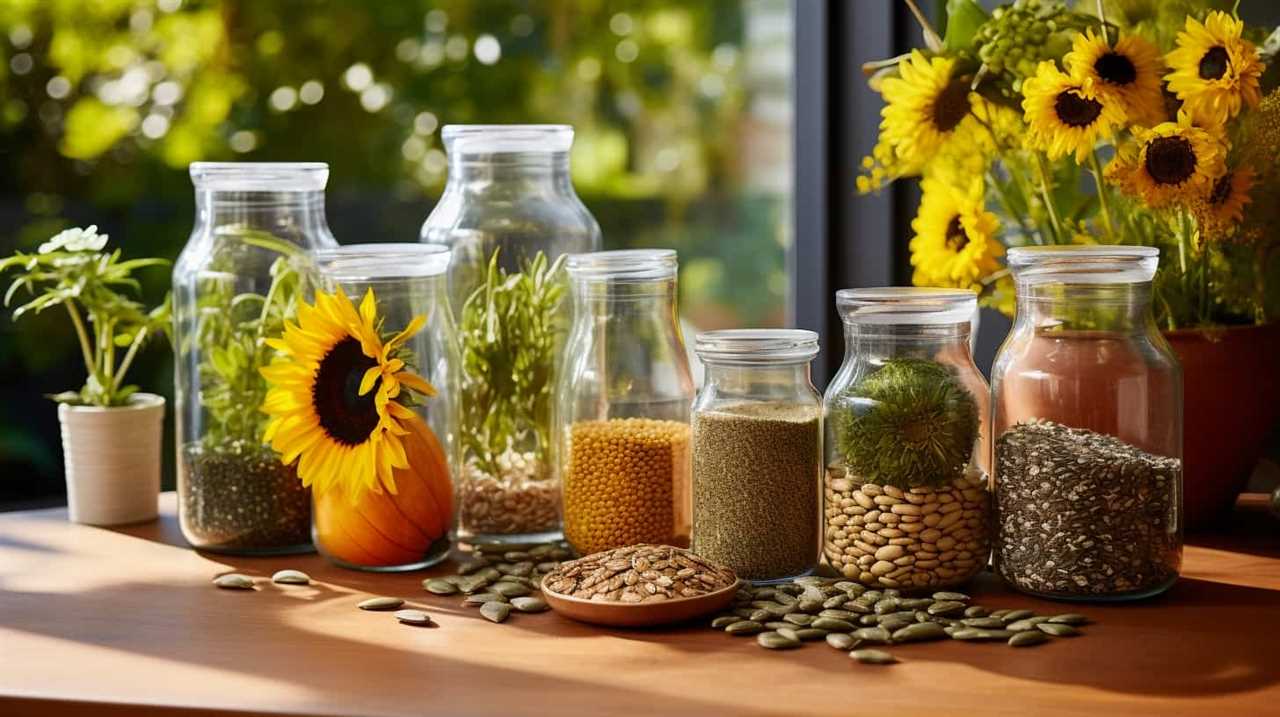
Soil Preparation for Organic Chia Production
To ensure optimal growth and nutrient-rich chia seeds, we begin by carefully preparing the soil for organic chia production. The quality of the soil directly affects the health and yield of the plants. Here are some important steps to take when preparing the soil:
- Implement composting techniques: Composting helps enrich the soil with organic matter, improving its structure and fertility. It also enhances the soil’s ability to retain moisture and nutrients.
- Practice crop rotation: Rotating crops helps prevent the buildup of pests and diseases that can harm chia plants. It also helps maintain soil health by diversifying nutrient demands and reducing soil erosion.
- Test the soil: Conducting soil tests allows you to identify any nutrient deficiencies or imbalances. This information will guide you in making appropriate adjustments to ensure the soil’s optimal fertility.
- Remove weeds: Weeds compete with chia plants for nutrients, water, and sunlight. Removing weeds before planting will give chia plants a better chance to thrive.
- Till the soil: Tilling helps break up compacted soil, making it easier for chia plant roots to penetrate and access nutrients.
Organic Methods of Chia Seed Sowing
Our recommended approach for organic chia seed sowing involves using a precise quantity of seeds per square inch for optimal growth and yield. By carefully calculating the number of chia seeds to sow, organic farmers can maximize their crop production while minimizing waste. This method not only ensures the efficient use of resources but also promotes sustainability in chia seed cultivation.
Organic chia seeds offer numerous benefits, including high levels of omega-3 fatty acids, fiber, and antioxidants. As the demand for organic superfoods continues to rise, the organic chia seed market is experiencing significant growth. This trend is driven by consumers who prioritize health and environmental consciousness.
Organic Pest and Disease Management for Chia Plants
One effective approach to organic pest and disease management for chia plants is utilizing natural predators. These beneficial insects can help control pests and prevent disease in a safe and sustainable manner. Natural predators like ladybugs and lacewings feed on harmful pests, reducing the need for chemical pesticides and promoting a healthier ecosystem.
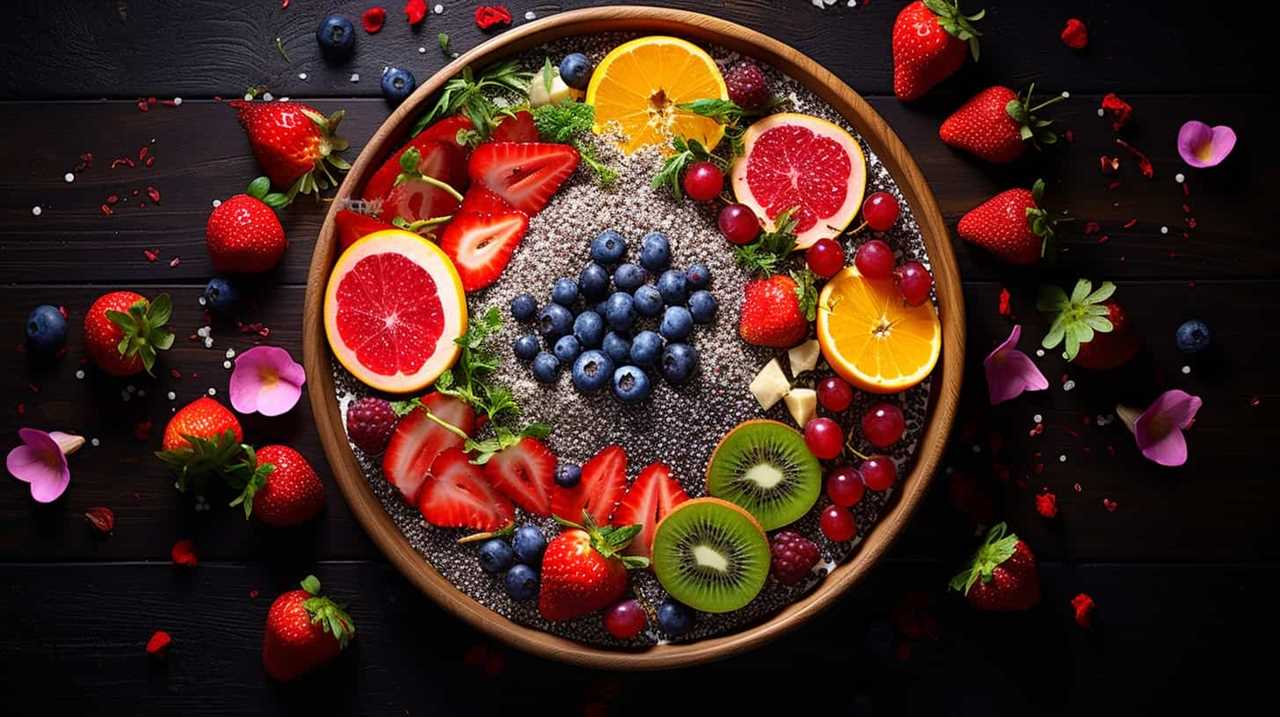
Organic pest prevention techniques such as crop rotation and companion planting help disrupt pest life cycles and create a less favorable environment for pests to thrive. This can be especially beneficial for chia plants, as it reduces the risk of infestations and minimizes the need for chemical interventions.
Using natural disease control methods like neem oil and copper sprays can effectively manage diseases without the use of harmful chemicals. These organic alternatives can suppress the growth of pathogens, protecting the health of chia plants while minimizing environmental impact.
In addition to managing pests and diseases, organic pest and disease management promotes biodiversity and strengthens the resilience of chia plants. By encouraging a variety of beneficial organisms in the ecosystem, organic practices contribute to better crop yields and overall plant health.
Harvesting and Storing Organic Chia Seeds
After successfully managing pests and diseases using natural methods, we now turn our attention to the crucial process of harvesting and storing organic chia seeds.
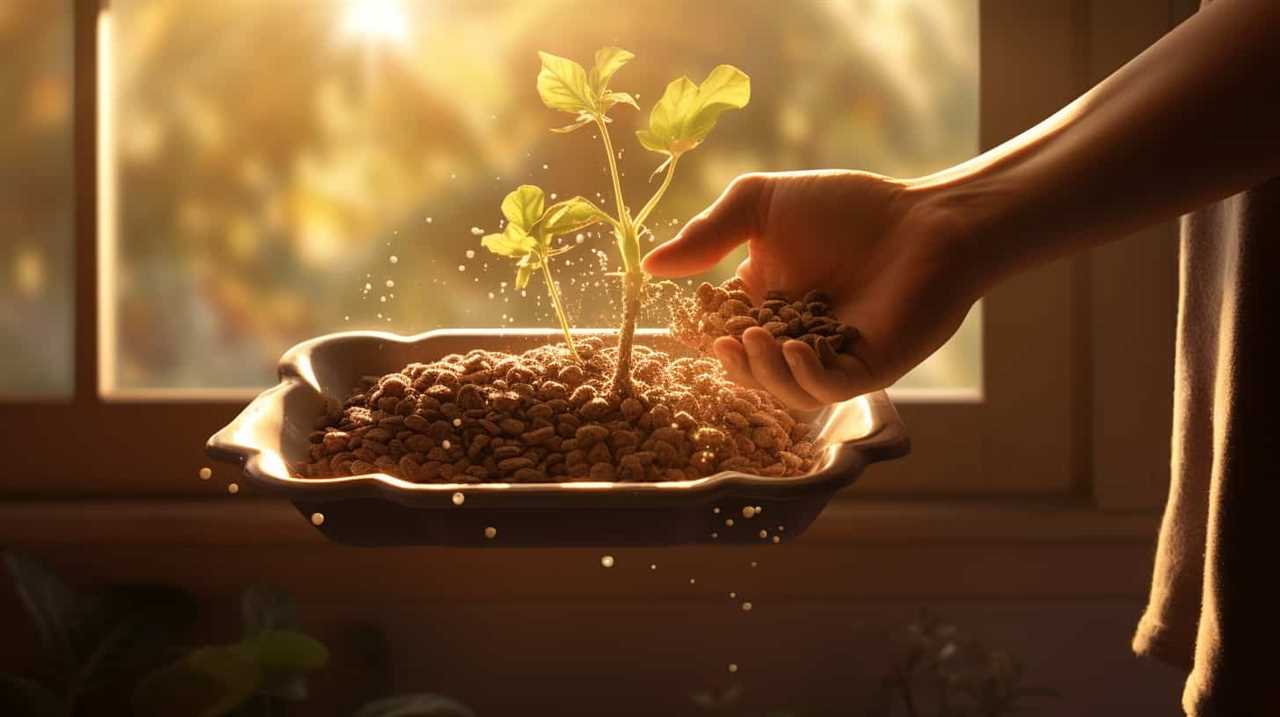
Harvesting chia seeds should be done when the plants are fully matured, which is typically around 90-100 days after planting. To harvest, cut the stalks at the base and bundle them together. Hang the bundles upside down in a cool, dry place to allow the seeds to fully dry.
Once the seeds are dry, gently rub the seed heads to release the seeds. Store the seeds in airtight containers in a cool, dark place to preserve their freshness. When stored properly, chia seeds can last for up to two years.
These nutritious seeds can be used in a variety of chia seed recipes, offering a range of health benefits such as improved digestion, increased energy, and better heart health.
Conclusion
In conclusion, we’ve discovered the secrets to organic production of superfood seeds.
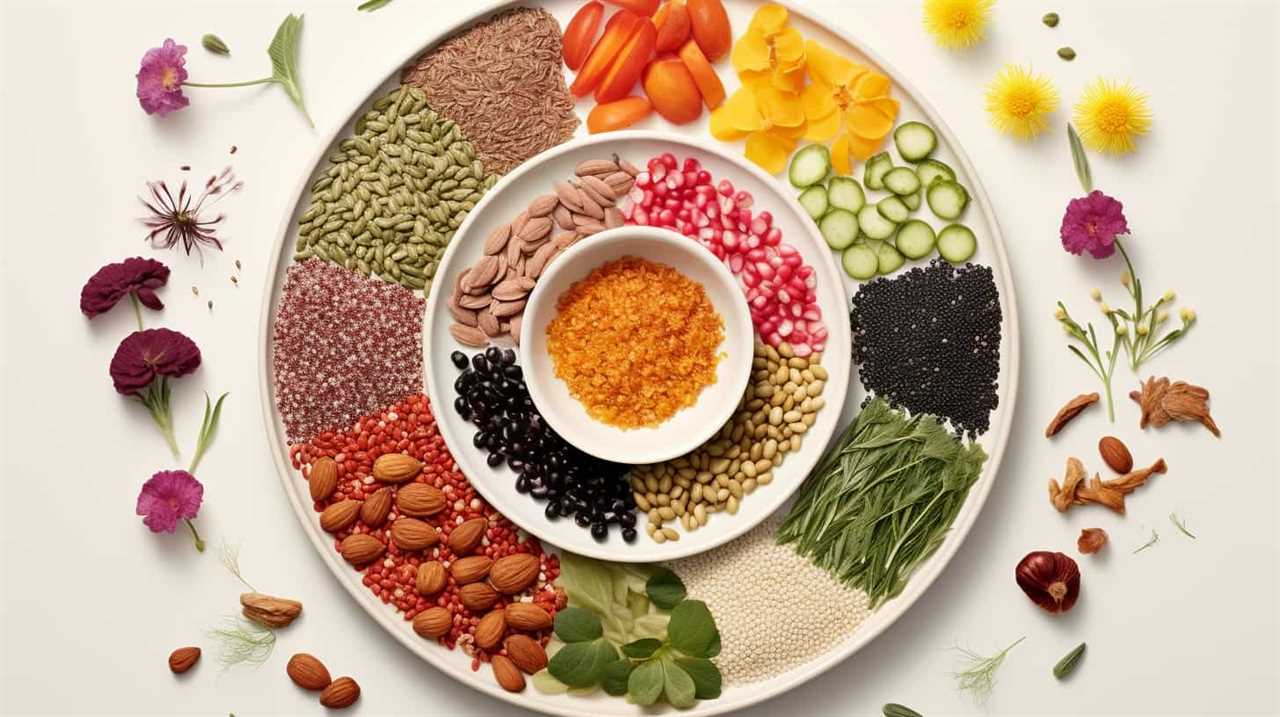
By carefully selecting organic chia seed varieties, preparing the soil with utmost care, employing organic methods for sowing, and effectively managing pests and diseases, we can ensure a bountiful harvest of organic chia seeds.
With proper harvesting and storage techniques, we can enjoy the nutritious benefits of these superfood seeds while supporting sustainable and eco-friendly practices.
So why settle for anything less? Go organic and reap the rewards of nature’s bounty.


